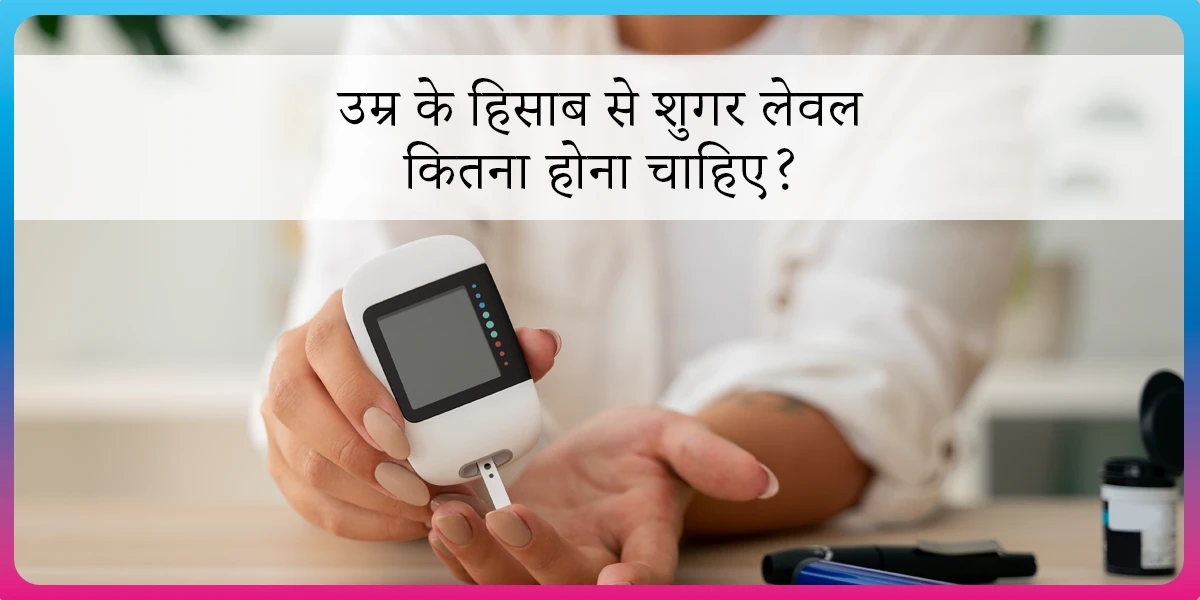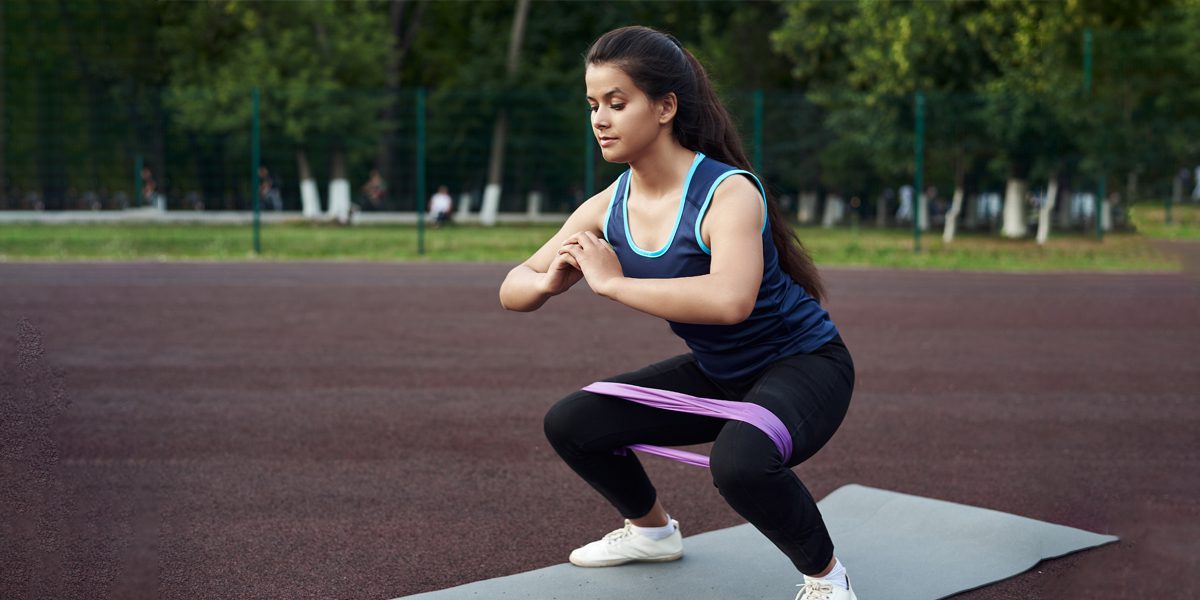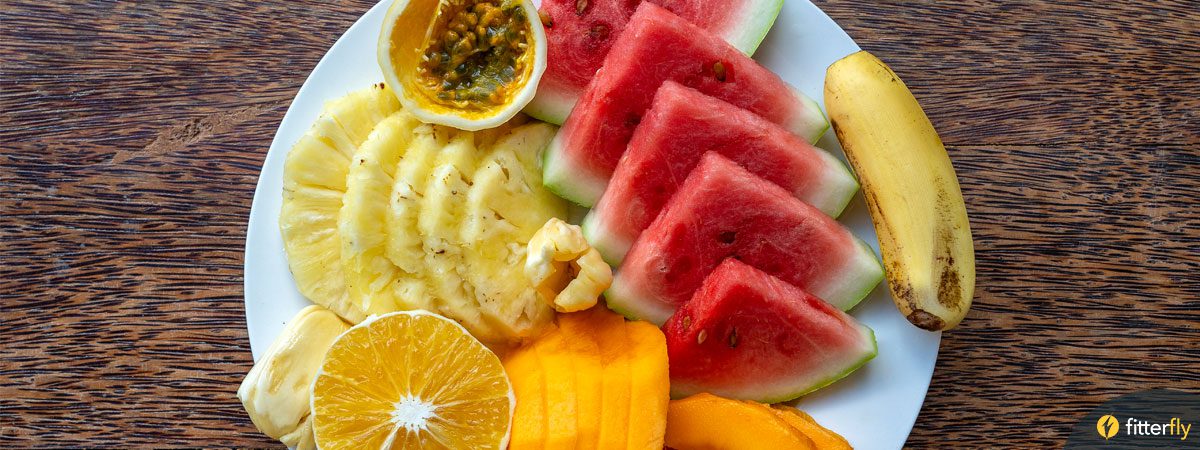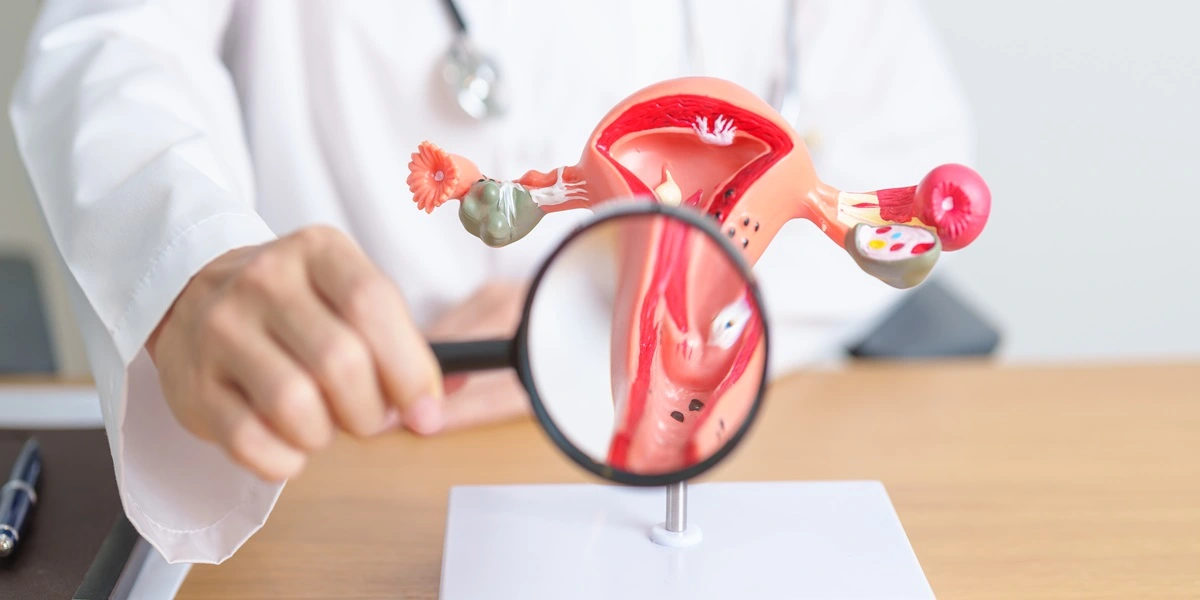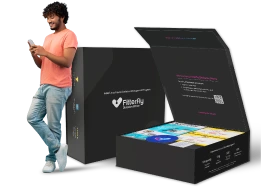Foods to Improve Haemoglobin Levels in Children
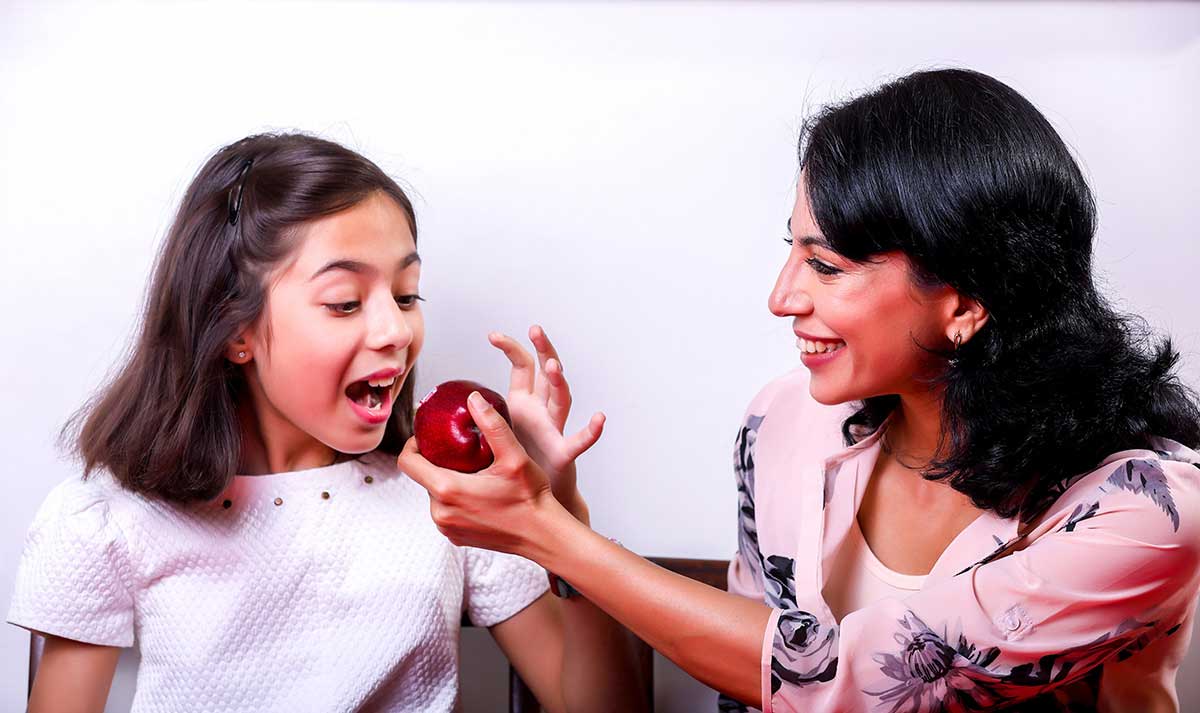
Doctor! Can u tell me how do I improve my child’s haemoglobin?
Well, Pediatricians hear this question way too frequently in their clinics. Our pediatric nutritionist team at Fitterfly intends to help you unfold the fact files towards boosting your child’s haemoglobin levels just by going the natural way with easy food tips.
Haemoglobin is the pigment that gives blood its color. If the blood cells are removed, then the resulting plasma is pale yellow in color. Haemoglobin makes up about 96% of the red blood cells dry weight. Hemoglobin in the blood carries oxygen from the respiratory organs that are the lungs to the rest of the body. Haemoglobin thus provides energy for bodily functions. To attain normal haemoglobin levels in the blood, iron levels need to be maintained. Iron is a trace element and is involved in the following functions in the body:
- It is a component of haemoglobin and myoglobin and delivers an adequate amount of oxygen for the sustenance of life.
- It is a cofactor of many enzymes which carry out several vital functions in the body.
- It is involved in the maintenance of immune functions and cognitive behavior (the mental action or process of acquiring knowledge and understanding through thought, experience, and the senses).
As Haemoglobin levels in the body play a vital role in the body, its optimal level is essential for the normal functioning of the body and can be achieved through an iron-rich diet. The normal levels required in children vary according to their age and the Recommended Dietary Allowance (RDA) of iron intake required on a daily basis through diet in children is as follows:
(RDA Table for normal iron in children)
However a lot of children these days have low levels of haemoglobin in their blood and suffer from a condition known as Anemia. Anemia is a common health problem in children. The most common cause of anemia is not consuming enough iron through food.
The common signs of Anemia are as follows:
- Pale skin
- Spoon shaped nails
- Irritability or fussiness
- Lack of energy or tiring easily (fatigue)
- Rapid heartbeat
- Sore or swollen tongue
- Sudden weight loss
- Wanting to eat odd substances, such as dirt, chalk, or soil. This condition is known as Pica and is very commonly seen in children suffering from iron deficiency anemia. We can naturally improve our children’s iron levels by incorporating iron-rich foods into their daily diet.
Rich food sources of iron:
Haem Iron– Haem iron is better absorbed as compared to non-haem iron and is largely present in animal sources like liver, fish, chicken, prawns, clams, and organ meat. If you are a vegetarian do not worry, we have iron-rich vegetarian foods also.
Non-Haem Iron– Non-Haem iron is less absorbed as compared to Haem iron. But Vitamin C-rich fruits or lemon taken along with Non-Haem iron food sources increases the absorption of iron.
Non-Haem sources include Amaranth or Rajgeera atta, Bajra, sesame seeds or til, dark green leafy vegetables (spinach), jaggery, raisins, apricots, nuts, beans, dark chocolate, tofu, sunflower seeds, and dates (both wet and dried).
Phytates – Foods that contain high phytate content include cereals and pulses. But the following methods help reduce phytate content:
- Soaking: Cereals and pulses soaked in water overnight to reduce their phytate content.
- Sprouting: The sprouting of seeds, grains, and pulses, also known as germination, causes phytate degradation.
- Fermentation: Organic acids, formed during fermentation, promote phytate breakdown. Lactic acid fermentation is the preferred method, a good example of which is the making of curd, idli, and dosa.
Tannins Excessive consumption of tannin-rich foods like tea and coffee interfere with iron absorption
Excessive intake of other minerals like calcium, zinc, and manganese taken as supplements can also interfere with iron absorption in the intestine.
In order to attain optimal iron and haemoglobin levels consume natural food sources high in their content and your children will be healthy, energetic, and disease-free!
This blog provides general information for educational and informational purposes only and shouldn't be seen as professional advice.
Want to know how can Fitterfly enhance your practice and improve patient outcomes?



